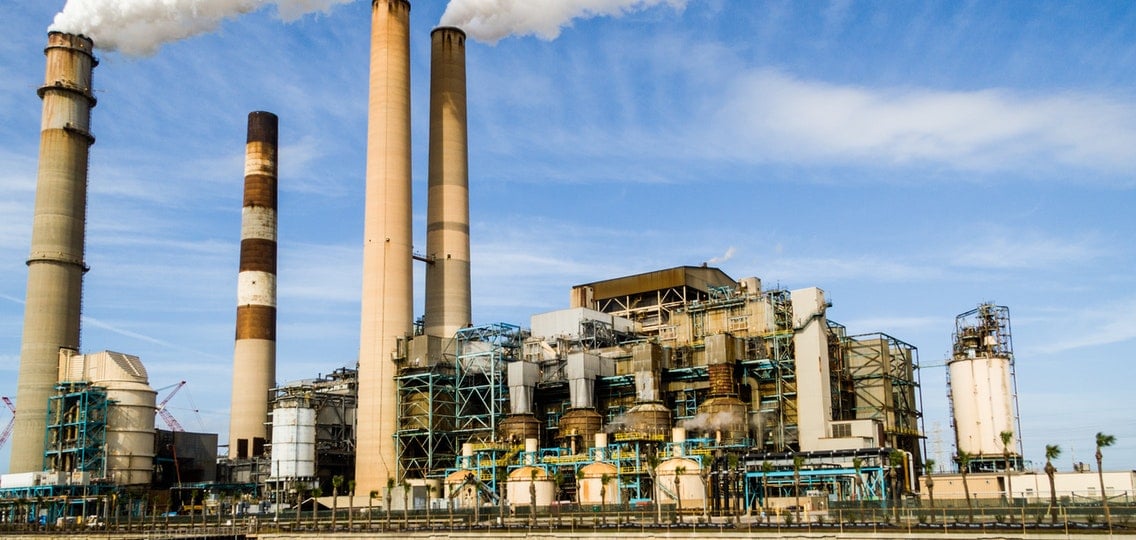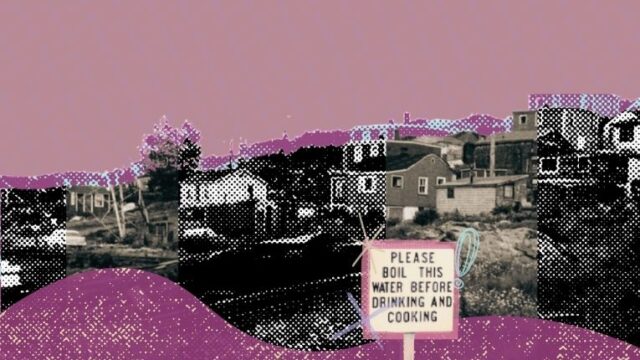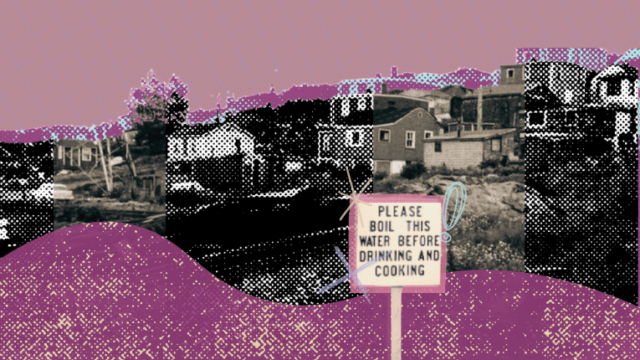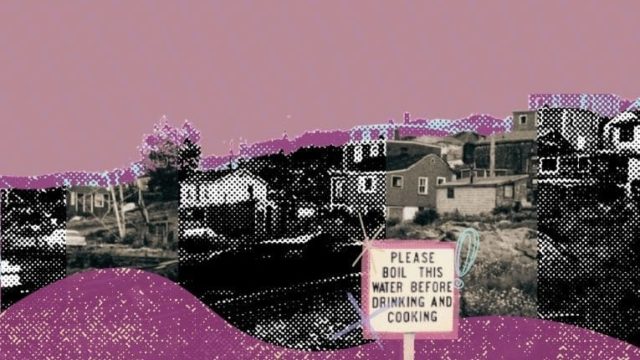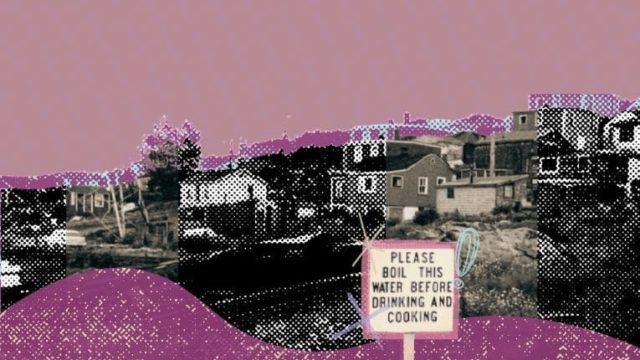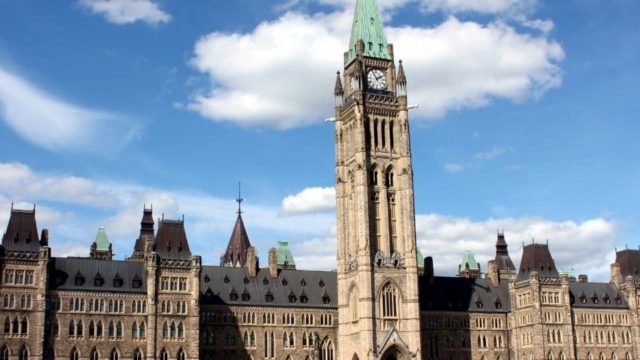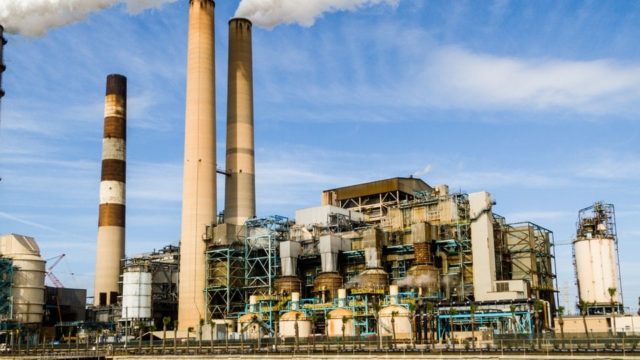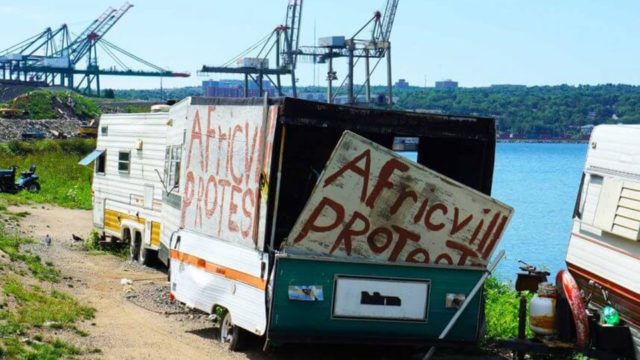Toxic pollution and exposure to dangerous chemicals impact people across Canada, but Black, Indigenous, and people of colour (BIPOC) and those with a lower income often suffer the worst effects of that toxic legacy.
A colonial and inherently racist system of laws in Canada facilitates opaque, inequitable decision-making. Compounded over time, these decisions have resulted in these communities being disproportionately impacted by pollutants that spew from industrial plants, abandoned oil and gas wells, and toxic dumps, and by the destruction of habitat and cultural sites by mining, pipelines and dams activity. This is what environmental racism and injustice in Canada.
Communities across Canada know too well the devastating impacts of environmental racism and the failure of successive governments at all levels to adequately address this harm.
Located near Sarnia, in southeast Ontario, Chemical Valley is home to about 40 per cent of Canada’s chemical industry. Though pollution impacts tens of thousands of people in the surrounding areas, a 2017 report by the Environmental Commissioner of Ontario found that people in Aamjiwnaang First Nation are particularly affected: “There is strong evidence that the pollution is causing adverse health effects, which neither the federal nor provincial government have properly investigated.”
In Nova Scotia, on the northern edge of the Halifax peninsula, the community of Africville became a dumping ground for waste from the industries of the province’s capital. Africville was a tight-knit community to hundreds of descendants of enslaved African people. Over time facilities — including a dump, an infectious disease hospital, and an abattoir — were placed in and around Africville. Then, in the 1960s after decades of being used as a regional dumping ground, Africville was declared a slum and an eyesore. The community was bulldozed and its residents displaced.

